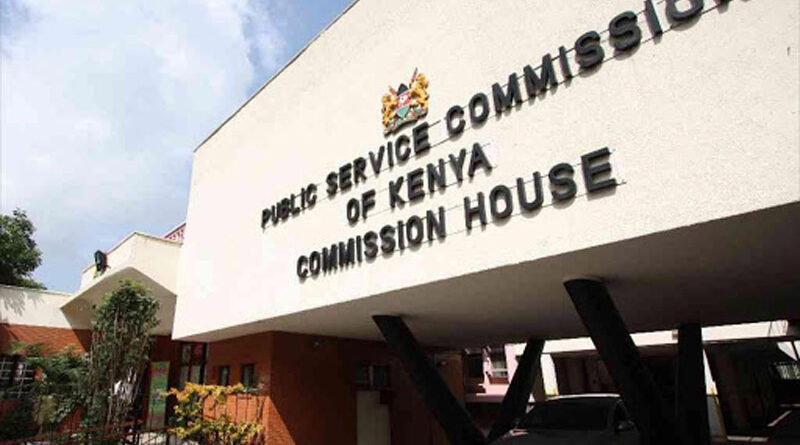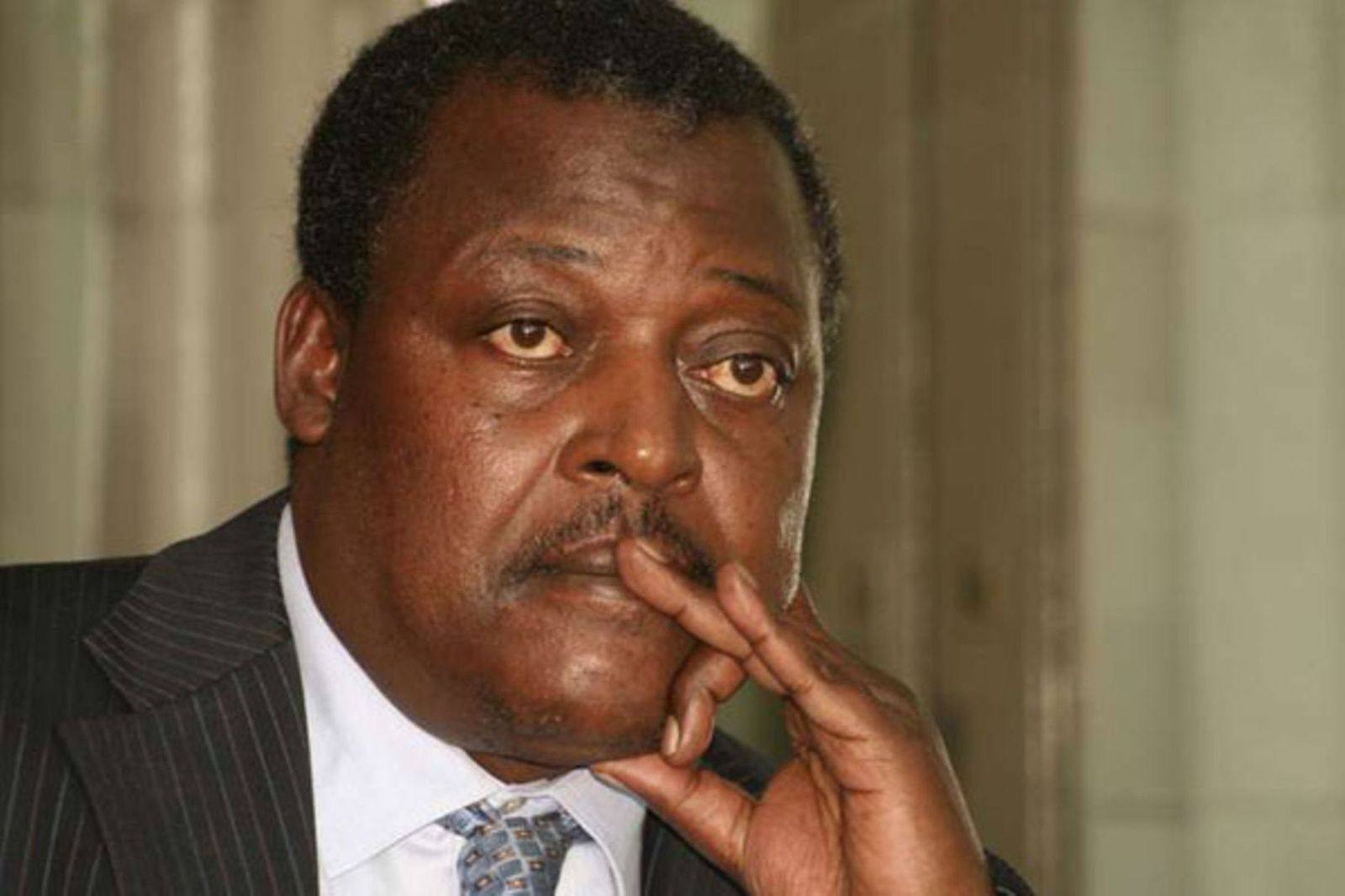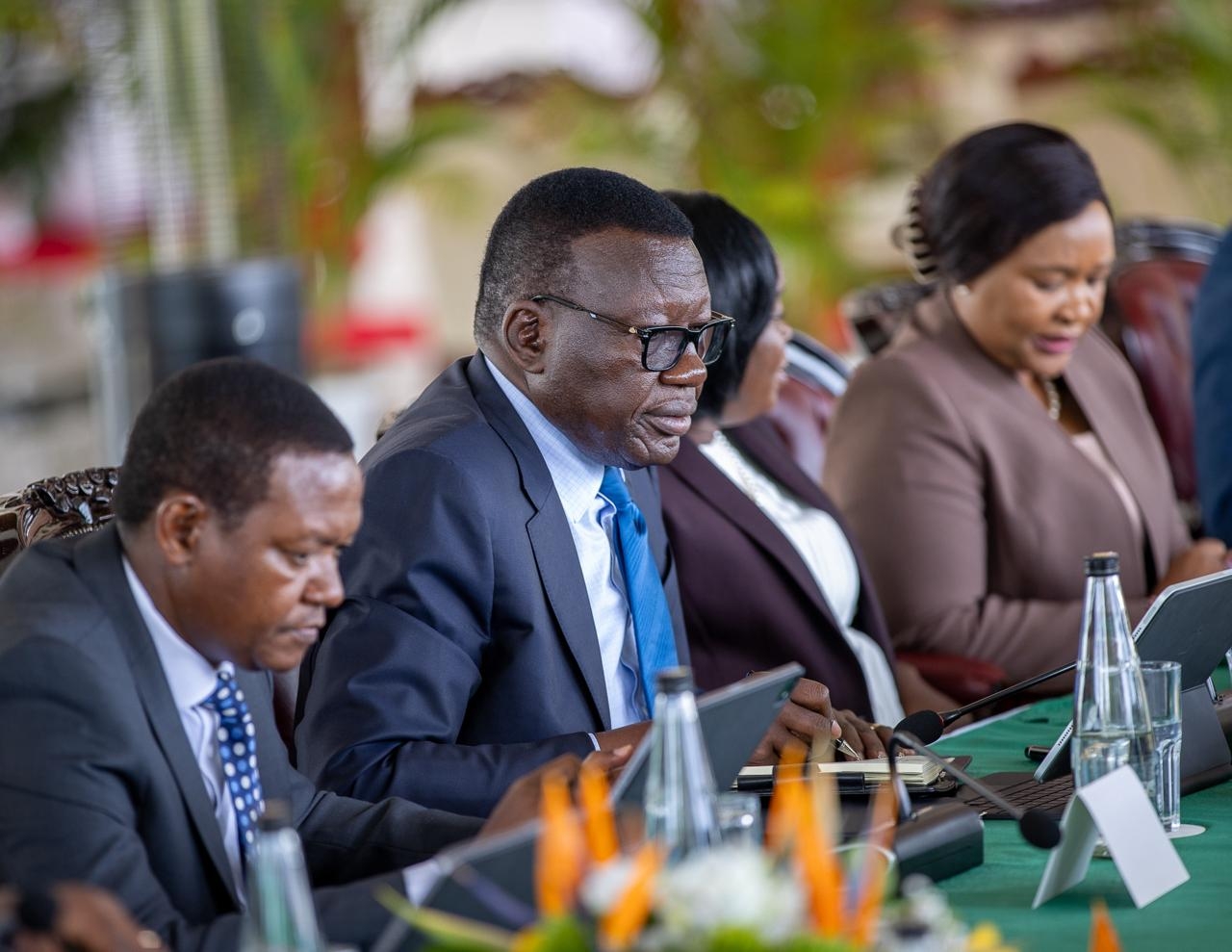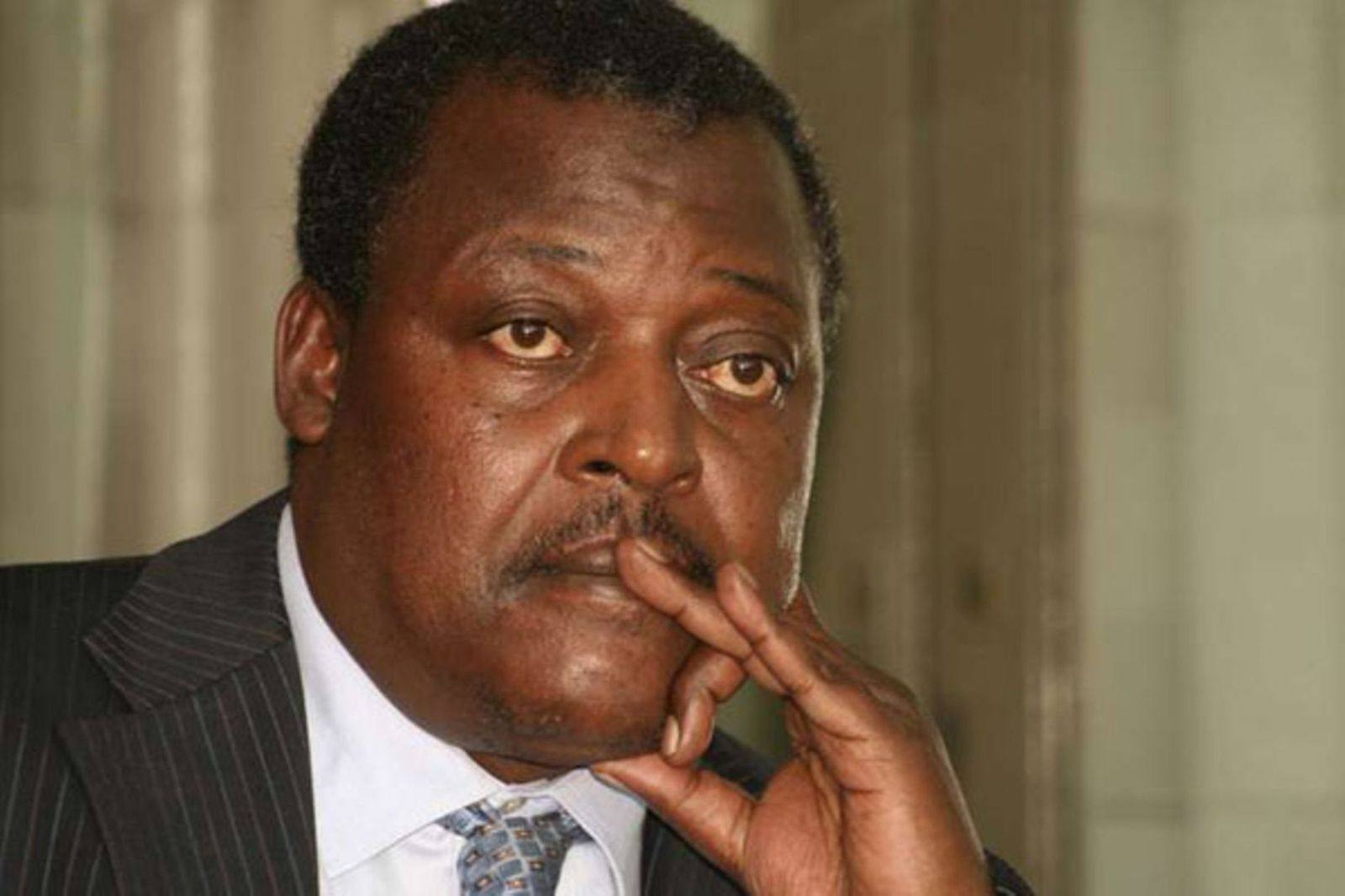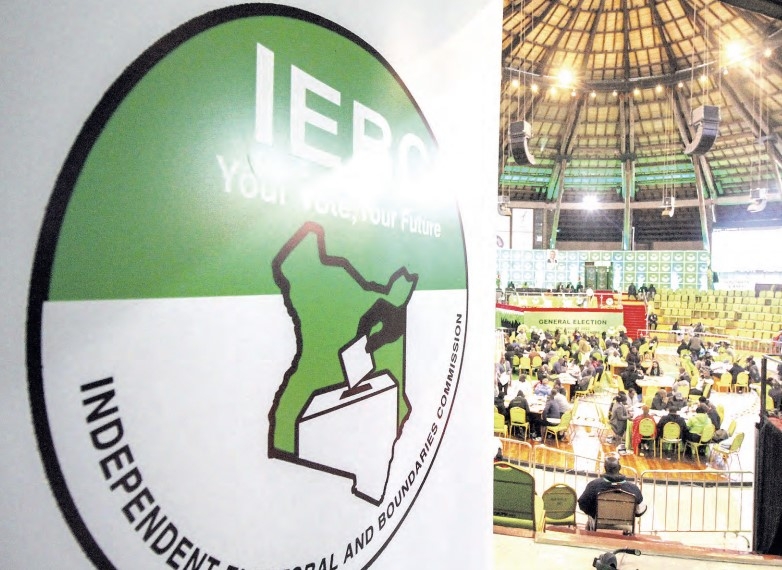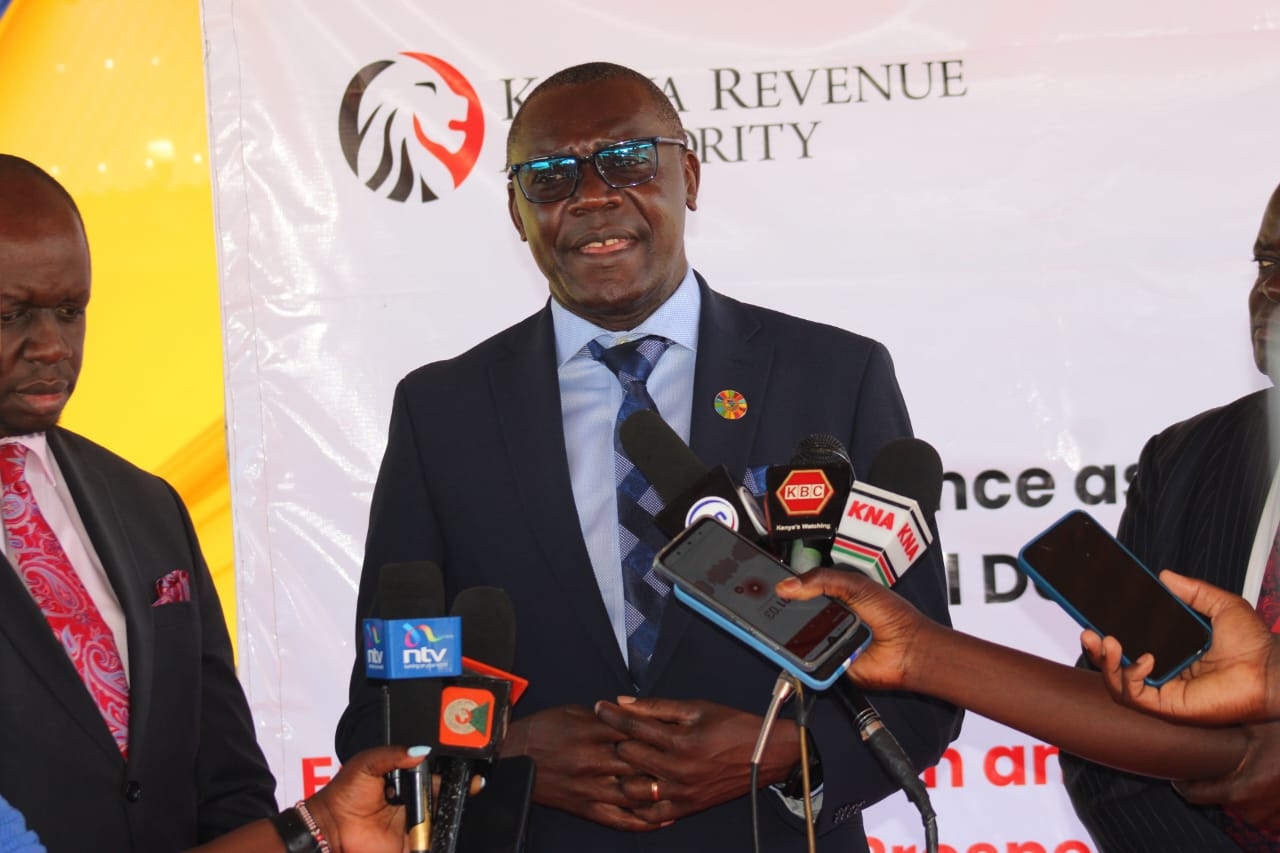A senate committee has recommended that Kenyatta University join the management of the KU hospital.
The hospital – known as the Kenyatta University Teaching, Referral and Research Hospital (KUTRRH) – is a parastatal led by a board that is chaired by Prof Olive Mugenda.
The Senate committee made the recommendations in a report adopted by Senate last month.
KU Hospital was founded in 2010 as a university teaching hospital but was made a parastatal through a legal notice in 2019.
A second legal notice of 2021 removed the university Vice-chancellor, and one university council representative as members of the hospital board.
The university has only one representative on the board of nine people.
“Committee recommends that the initial concept of KUTRRH as an education and research facility of KU be safeguarded through the revocation of Legal Notice No. 39 of 2021,” said the report signed by Senator Jackson Mandago.
“Further to the above, the committee recommends that the effective date of the revocation of Legal Notice No. 39 of 2021 and consequent reconstitution of the board of KUTRRH should fall upon the expiry of the term of the current Board.”
The committee also recommended that the Senate amend the Health Act, 2017, the Universities Act and the State Corporations Act to allow the creation of Level 7 hospitals, being university teaching facilities.
They recommended that KUTRRH should be the first to be elevated to a Level 7 university hospital.
Mandago’s team was constituted on October 17, 2022, to consider a petition by Jafar Muhsin Kasay and others on the management and use of the hospital by medical students of Kenyatta University.
Jafar had asked Kenyatta University medical students to be granted full access to KUTRH to utilise the hospital for their learning purposes.
He also asked that the Senate recommend that Legal Notice No. 4 of 2019 be revoked. Only the president can revoke the legal notice.
He also asked that KUTRRH be reverted to a university hospital for use by the students in the College of Health Sciences.
In its ruling, the Mandago committee also directed KUTRRH to surrender the academic/training block at the hospital to the KU School of Health Sciences completely within three months.
The hospital was told to keep a mortuary in the same block but allow KU students to set up an anatomy laboratory within it.
The senators said the report should be implemented within six months since its adoption by Senate.
The construction of the hospital originated from a Memorandum of Understanding between Kenyatta University and China Jiangxi Corporation for International Economic and Technical Co-operation on May 28, 2010.
It said that Kenyatta University would set aside approximately 90 acres of land for the construction of the hospital and related facilities.
It was constructed through a loan from the China Exim Bank. Treasury justified turning the hospital into a parastatal because it has been paying the loan.
Last year, KU Vice Chancellor Prof Paul Wainaina told the committee that the goal was to make the University Hospital part of the School of Health Sciences, in which medical education and research were prioritised, with quality clinical service provision being a byproduct.
This was as opposed to the current structure of national referral hospitals (Level 6), which prioritised clinical service provision over teaching and research, he said.
The hospital is currently the premier cancer treatment centre in Kenya.


